What is SAP Internal Order?
Internal orders in SAP CO are the tools designed to help SAP users plan, collect, and monitor costs associated with internal jobs and track the revenues of the organization. Internal orders help SAP users get a more holistic view of these tasks throughout the entire lifecycle of the order ie. from initial planning and creation through actual cost posting, final settlement, and ultimately archival. This tracking and monitoring helps in internal reporting and analysis.
IMG Path
Accounting → Controlling → Internal Orders → Master Data → KO04-Order Manager
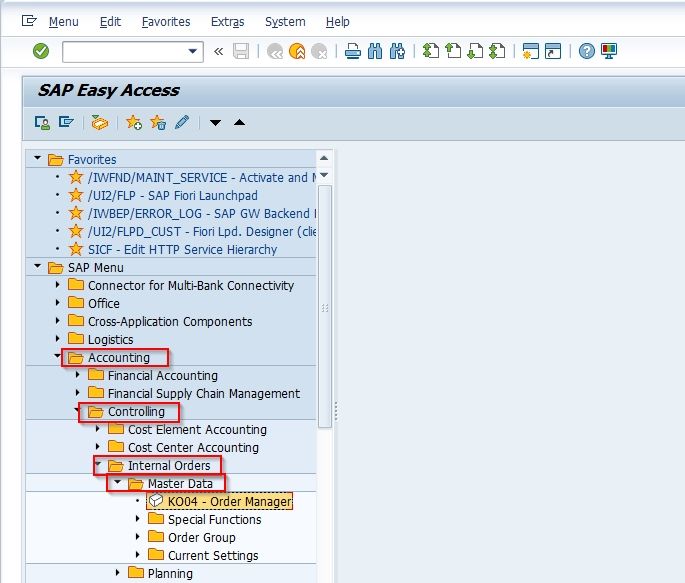
Use Cases and Examples of Internal Order
Example 1: Overhead Orders: A company uses overhead orders to track administrative expenses from headquarters and other departments.
Example 2: Investment Projects: Track the expenditures associated with building a new facility using an investment order.
Example 3: Revenue Orders: Keep track and analyze revenue from internal training programs
Types of Internal Orders
There are four main types of internal orders:
- Overhead Orders: To track the overhead costs.
- Investment Orders: For tracking costs of investment projects.
- Accrual Orders: For tracking periodic costs.
- Orders with Revenue: For tracking orders that have revenue elements.
Different Statuses of Internal Orders in SAP CO
In SAP Controlling, internal orders have statuses determined by the status profile assigned to the internal order type. These statuses are categorized into system statuses and user statuses. The main system statuses for internal orders are:
-
CRTD (Created):
- The order is created by the system.
- Actual postings are not allowed.
- Planning and budgeting are permitted.
-
BUDG (Budgeted):
- The system allocates a budget to the order.
- As soon as a budget for the order is maintained, it receives the status BUDG.
-
REL (Released):
- The order is released by the system.
- Actual postings are allowed.
-
TECO (Technically Completed):
- The order is marked as technically complete.
- No new purchase orders can be assigned to the internal order.
- Actual postings are still allowed.
-
CLSD (Closed):
- The order is closed.
- No more business transactions are allowed.
- Only the settlement of internal orders with status REL or TECO is permitted.
-
LKD (Locked):
- The order is locked.
- No more business transactions can be performed.
- Setting the deletion flag is not allowed when the order is locked.
-
DLFL (Deletion Flagged):
- The order is marked for deletion.
- The deletion indicator can be set.
How to Create Internal Order?
Please follow the steps below to create an internal order:
Enter t-code KO04 in the SAP Command Field and Execute it
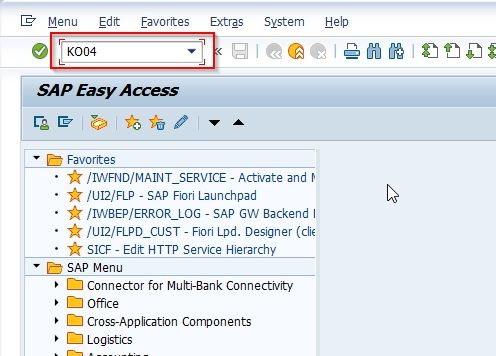
Next on the Create Order screen click the Create icon at the top to create a new internal order.
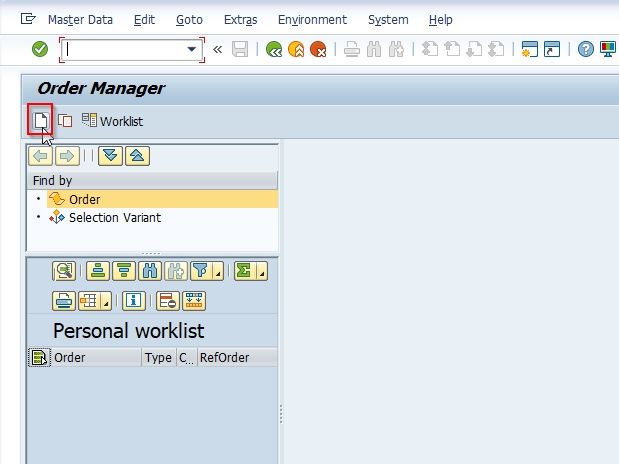
Next on the popup enter the Order Type and press Enter to move forward

Now on Create Internal Order: Master data first enter the Description of the new Internal Order
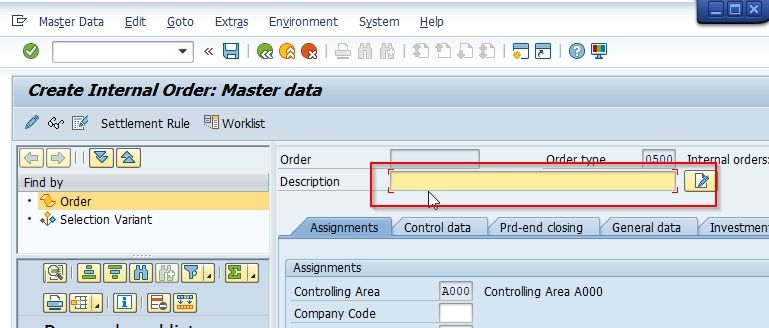
Now enter the following details
- Company Code
- Business area
- Object Class of the Order
- Profit Center
- Cost Center responsible for the internal order
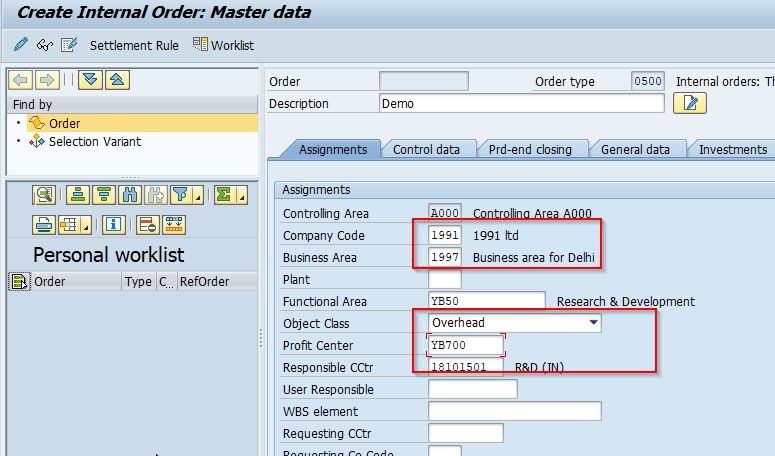
Once all the details are entered, click on the Save button to create the internal order.

A message Order created with the number XXXXXX on the bottom of your screen
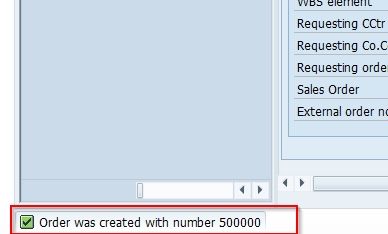
How to Manage and Settle Internal Orders?
Managing internal orders includes the following:
- Monitor Costs: Use SAP t-code
KOB1(Order: Actual Line Items) to monitor costs. - Update Status: Modify or Update order statuses as per as your requirement (e.g., from created to released).
- Settle Orders: Use t-code
KO88to settle costs to cost centers, fixed assets, or other receivers.
Best Practices and Tips for Internal Order
- Regular Monitoring: Internal Order costs should be checked regularly to avoid any overspending.
- Clear Naming Conventions: Clear and consistent naming conventions must be used for ease of identification.
- Detailed Documentation: Each internal order should always have its documentation.
- On-Time Settlements: On-time settlement of orders for proper financial reporting.
Conclusion
These internal orders are quite essential segment of the CO module of the SAP. They allow tracking and managing the costs incurred internally. These best practices help a company in areas like accurate financial reporting and appropriate resource management.